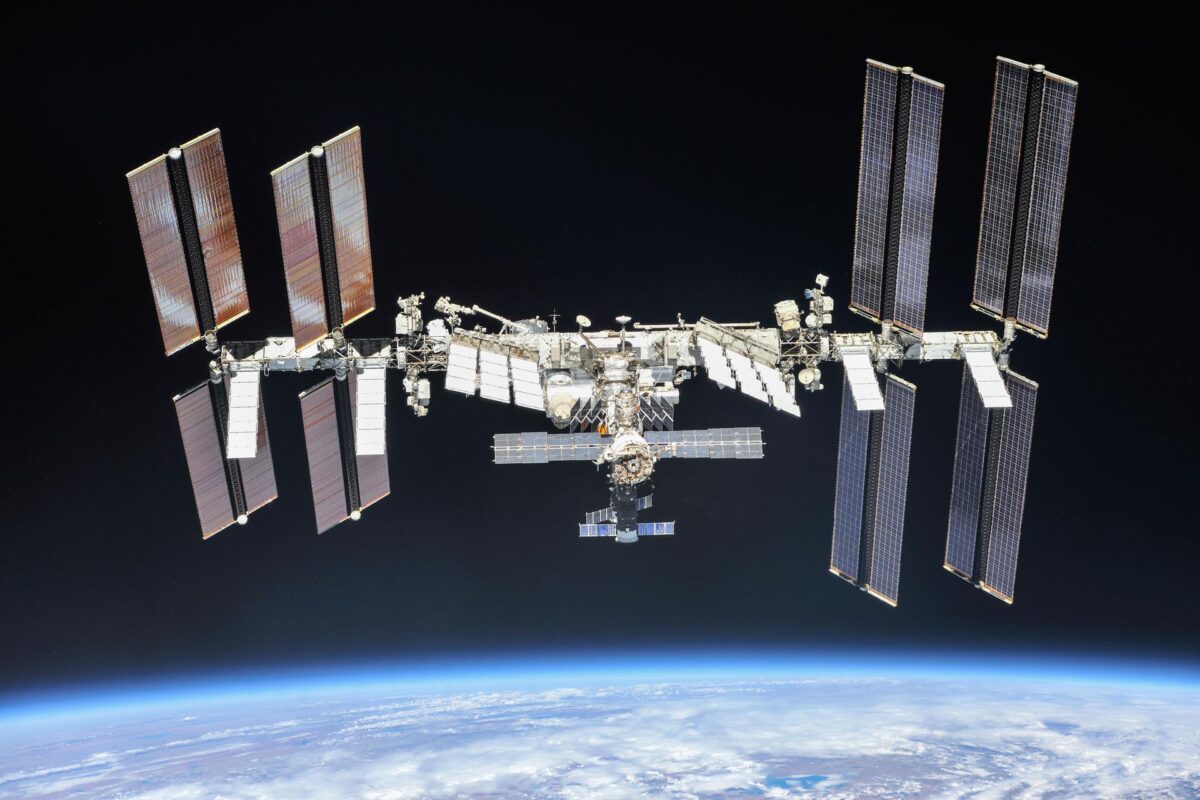
NASA announced this week it has selected SpaceX to design a vehicle to take the International Space Station (ISS) out of orbit when its mission ends in 2030.
“Selecting a U.S. Deorbit Vehicle for the International Space Station will help NASA and its international partners ensure a safe and responsible transition in low Earth orbit at the end of station operations,” said NASA associate administrator for Space Operations Mission Directorate Ken Bowersox in an accompanying press release. “This decision also supports NASA’s plans for future commercial destinations and allows for the continued use of space near Earth.”
The plan is for the ISS and the SpaceX craft to largely break apart and burn up in a controlled way over the ocean after re-entering Earth’s atmosphere. Any remaining debris will then impact the ocean, rather than risk falling on land.
Missions to the ISS started in 1998. Since then, the station has served as a laboratory for studying the long-term effects of microgravity on humans, plants, and other organisms. It has also hosted numerous other experiments and even telescopes.
Related: How to see the ISS without a telescope
NASA considered and rejected other options for the fate of the ISS. These included disassembling and returning the station to Earth, boosting it to a higher orbit, and letting it fall uncontrolled to Earth.









